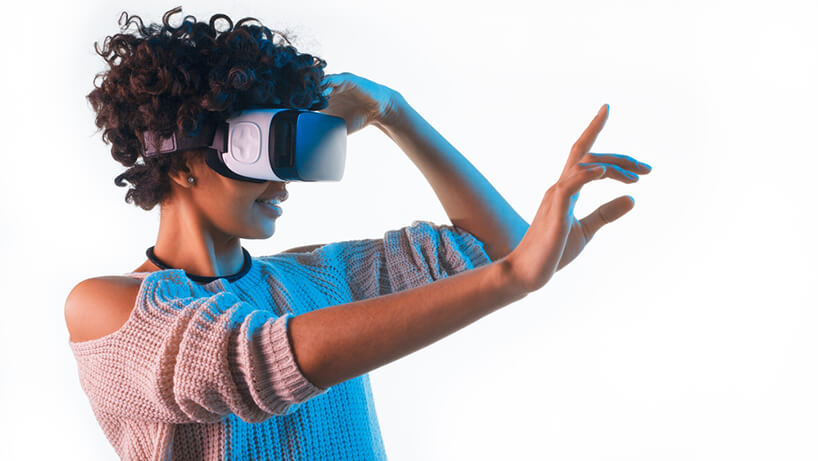VR being used to scout venues and debut products. Will that hurt F2F?
By Boardroom editors
Technology is revolutionizing the world of event planning. Stroll through almost any conference or exhibition and you’re bound to run across a brand using virtual reality as a way to give visitors a 3D perspective of their product or message.
According to VR Vision, VR is one of this year’s hottest corporate event trends. Planners can look to VR as a way to quickly scout venues with a 360-degree walk-through tour. Companies, meanwhile, can use the technology to promote events — a much more effective marketing tool than a paper brochure.
Volvo, for example, showcased its XC90 model to buyers with a virtual product presentation. According to VR Vision, “research suggests that value perception in prospects increases by up to 33 percent when adding (augmented reality) AR to marketing campaigns, and VR tools can increase buyer’s certainty by up to 135 percent.”
German airline Condor also utilized VR technology, having a “virtual assistant” greet and guide travelers through the check-in process, a feature that could be transferred over to conferences and events.
The global market for AR and VR was valued at US$5 billion in 2016, a valuation expected to reach US$120 billion by 2025, according to a Future Market Insights.
While VR can offer advantages at conferences, allowing delegates to meet in places as casual as a living room (or “hologram in” to a live conference), some experts like Corbin Ball of Corbin Ball & Co. predict virtual meetings won’t replace face-to-face events. Live meetings, experts say, allow attendees to focus more on their environment, and offer more opportunity for networking and relationship building — for both exhibitor and buyer.

